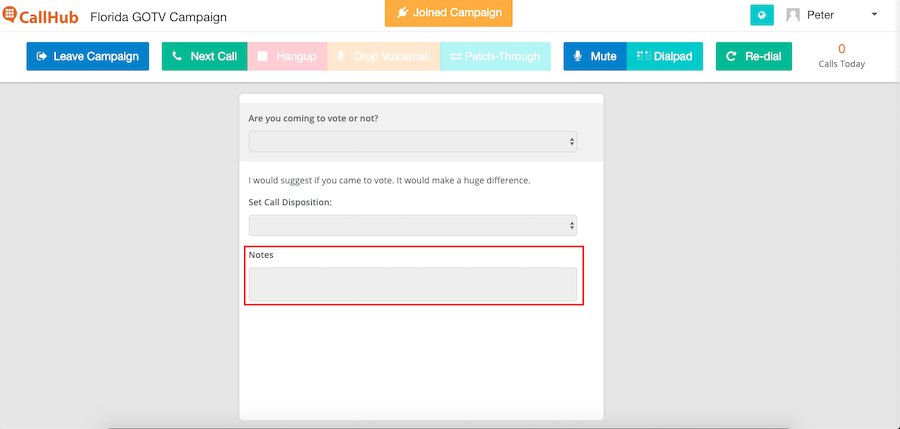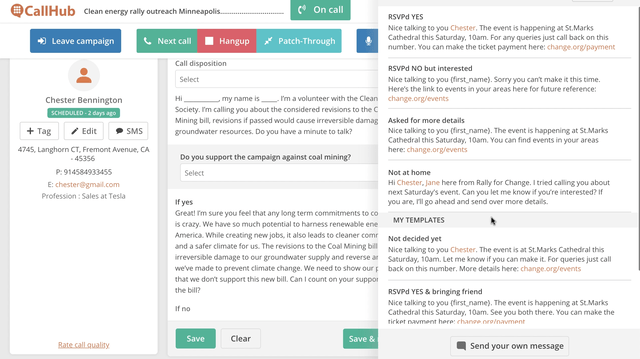Self-centric sales interactions lead to disasters. According to a survey,
- 71% of customers are irritated by salespeople who don’t listen.
- 52% of customers are frustrated when salespeople don’t remember the information they provided earlier.
- 59% of customers are just annoyed by generic sales pitches.
While that may seem discouraging, you can flip these numbers just by switching from talking to listening.
Needless to say, active listening is the most crucial skill for salespeople today. Luckily, it is also a skill that can be easily acquired by following some simple steps and reinforcing them.
In this article, we will be going through those steps after taking a look at how active listening can improve sales.
How does active listening affect sales?
Successful sales are a direct result of effective information gathering. The more you know about your prospect, the better you can design your pitch.
Active listening aids salespeople in the following ways to achieve those successful sales numbers.
1. Helps overcome the initial resistance
At the beginning of a call, salespeople may face resistance. This is a natural response to a hard sell or a pitch.
But by simply paraphrasing the prospect, you can show that you’re listening to them and not just pushing a product. This clears the way for more questions and positioning your product’s value.
2. Helps build a rapport with customers
Rather than talking over prospects, giving them the center-stage shows that you value the prospect and not the sale.
Showing the prospect that their needs and opinions are valued helps build trust and a better relationship. The stronger this rapport, the more likely they are to trust your product (and purchase it).
3. Reduces objections (with relevant follow-ups)
Active listening allows callers to follow up with questions that are more relevant to the prospect’s need.
Relevant follow up questions allow callers to emphasize on solving the prospect’s problem. This, in turn, helps prospects realize the value of the solution thereby reducing objections.
4. Helps improve prospect targeting
Active listening allows callers to qualify leads with more details and precision.
The more information you have on the lead, the better your sales team can target them with customized pitches. Nearly 60% of prospects feel irritated by generic pitches which in turn lowers the likelihood of conversion significantly.
To see these benefits, your sales team will have to master active listening and implement it in all their interactions. Following the tips below will help you achieve that.
Implementing active listening in sales interactions
Any interaction with active listening involves three steps:
- Comprehension
- Retention
- Response
Let’s take a look at each step in a little more detail:
Step 1. Comprehension
The first step of active listening involves understanding what the prospect has to say.
Typically, there are two aspects of comprehending an interaction:
1. First, you have to completely understand the prospect’s view, without any judgment. For this, having some background information on the prospect is critical.
2. Second, you should have a basic pitch for the prospect (based on their background) highlighting exactly how your product will benefit them. This will make it easier to pitch to them better.
Note: While the background information of the prospect may not be readily available (especially during the first contact), having a buyer persona can give you a basic idea to get started.
Tips to enhance comprehension
1. Avoid framing responses prematurely
Framing a reply prematurely based on certain keywords leads to tuning out vital information that could follow.
For example, a prospect saying, “I don’t really think I need this product now.” doesn’t mean they don’t need the product. The keywords “think” and “now” depict that they just are not convinced enough to buy it immediately, but they can be turned.
2. Don’t interrupt
Interrupting sends out the message that you are not interested in the prospect’s view. This, in turn, makes them lose confidence in you.
While you may not interrupt someone mid-sentence, it’s also crucial that you don’t do it mid-thought. Everyone expresses themselves at a different pace and understanding the difference between a pause and a period is crucial.
Step 2: Retention
Retaining the information that prospects convey is important for two major reasons:
1. It helps you formulate a better response/follow-up for the prospect to keep the conversation going.
2. It helps you build on the prospect’s persona. This information allows you to segment these prospects better and personalize follow-ups more effectively.
Tips to enhance retention
1. Repeat everything you hear (in your mind)
Repeating reinforces information and helps you memorize it better. However, this strategy may not be as effective during high-pressure calls.
2. Taking notes during the call
Taking down notes is a more efficient way of recording everything important that your prospect says. While you could jot it down on a notepad, or laptop, transferring this information to the CRM would be a hassle.
Employing a call center software solution (like CallHub) that allows you to take down notes and fill surveys within the dashboard itself can make the process seamless.


Step 3. Response
Responding to the prospect is the final step of the active listening process before you go over it again. It helps you achieve two things:
1. Continue the conversation forward to get more information on the prospect (generally related to why they might be objecting)
2. It assures prospects that they are being heard thereby making the interaction more effective.
There are three elements of responding during an interaction:
1. Affirmation – This includes using phrases like “I see”, “I understand”, etc. to assure your presence in the conversation.
2. Paraphrasing – Repeating what the customer says in your own words reflects that you comprehend the message perfectly. It is also a great way to confirm what the prospect said to ensure that you’re on the same page.
3. Questioning – Asking relevant and open-ended questions are key to keeping the prospect engaged. This engagement, in turn, provides salespeople with more information about the prospect that can be used to convert them.
Tips to enhance response
1. Keep sample questions on hand
Asking the right questions on the fly may pose a challenge sometimes. However, you can build your call center scripts based on the buyer persona with a set of questions that can be asked.
Salespeople, however, will have to paraphrase these questions to fit them into the interaction.
2. Send follow up-texts/emails
Sending follow-up texts (or emails) with a brief of the conversation ensures that prospects remember it. It also makes it easy to follow up over the same thread since prospects are aware of the context.
Apart from that, it also ensures that customers have access to valuable information that you may have conveyed during the interaction.
While sending emails is common practice, follow-up texts, and their exceptional open rate have proven to be more effective.
To save time, effort, and increase efficiency, you can employ CallHub’s text-through-call-center feature that allows you to send texts from the calling dashboard itself.


To conclude
A sales interaction is not just about pitching a product but about establishing a mutually beneficial relationship with prospects.
However, such relationships are only established by two-way conversations that stem from listening.
Active listening paves the way for better interactions, softer objections, and more effective closes.
Adopting it in your everyday interactions won’t just improve your sales but your company’s overall image too.


